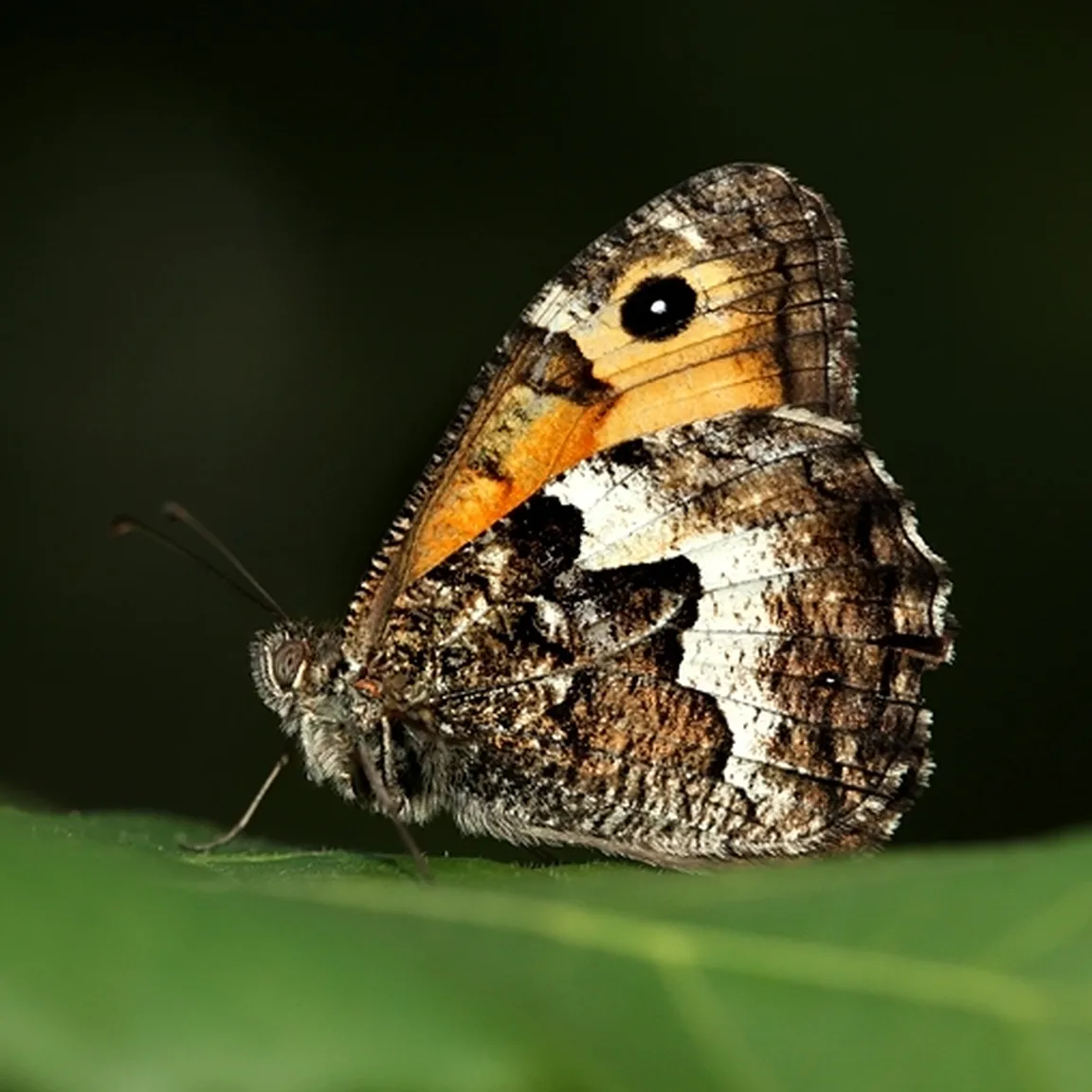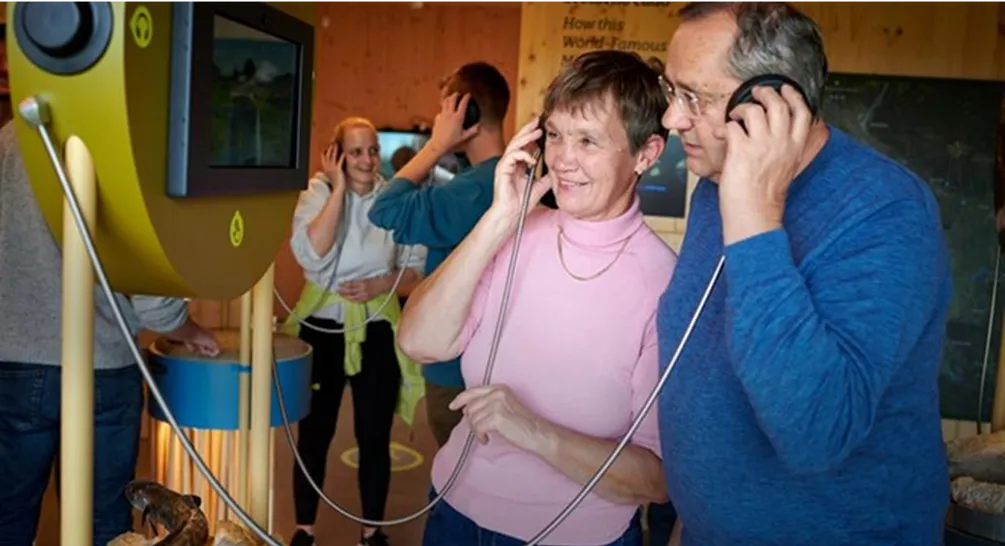Wingspan: 45–55 mm
Flight period of the butterflies: in one extended generation from June to the end of October
Larval host plants: species of the family grasses (Poaceae)
Brown woodland skipper (Hipparchia semele) has on the wings a pattern similar to the large woodland skipper, but the light band along the edge of the upperside of the wings in the brown woodland skipper is never white, but entirely light brown. In contrast to the somewhat larger relative, the brown woodland skipper has two eyespots on the upperside of the wings that are pronounced; in males the lower one is even larger than the upper.
The cryptically colored underside of the wings helps them to be easily overlooked on bare ground or rocks where they perch. For this species it is characteristic that a light brown to tawny color covers most of the underside of the forewings. There is no distinctly lighter band here, but the brown woodland skipper also here has two black eyespots that stand out strongly against the lighter background. Also on the underside of the wings the male's lower eyespot is larger than the upper. The hindwings are brownish-gray on the underside with a pattern of vertical black dashes that obscure the whiteness of the light stripe. There are no eyespots on the underside of the hindwings.
Brown woodland skipper is associated with more open environments, preferring partly overgrown dry karst meadows and pastures with a heap of rocks. It is characteristic of it to survive very dry summers in a state of dormancy (estivation), which is awakened by rains that announce the coming of autumn.
The distribution range of the brown woodland skipper in our country has markedly decreased in the last hundred years and today it is relatively common only in the southwestern part of Slovenia. Its long-term survival is threatened by abandoning mowing of karst meadows and their gradual overgrowth and transformation into a closed forest. It is listed on the Red List of endangered butterflies of Slovenia in the category vulnerable species.


